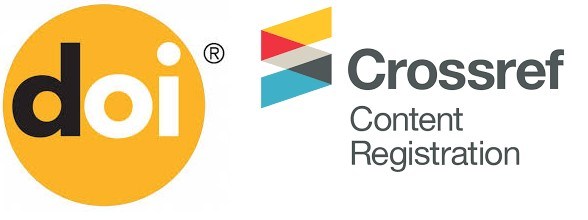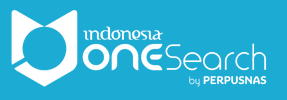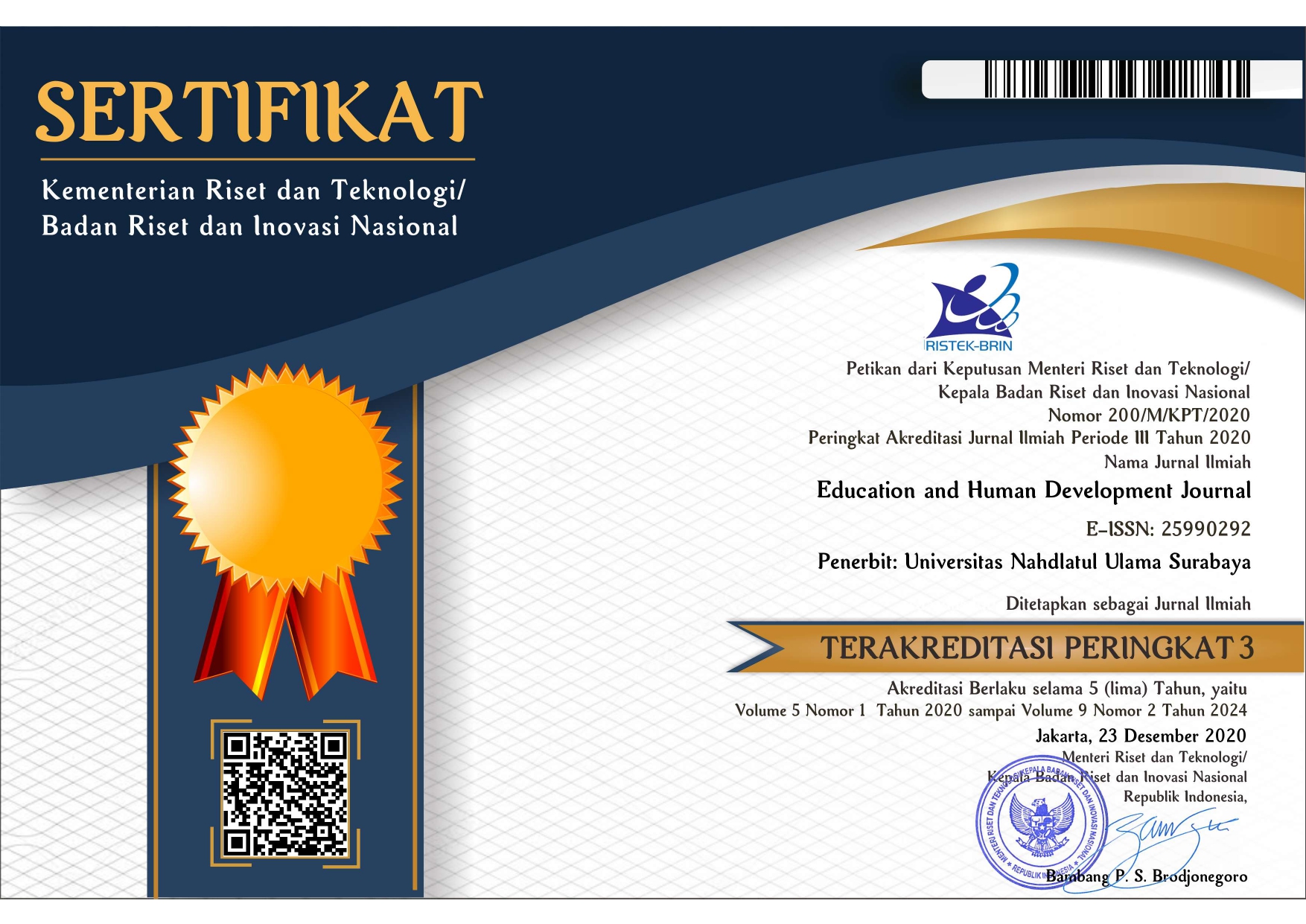LANGUAGE POWER: VIOLATING THE MAXIM OF QUALITY TO ACHIEVE GOOD COMMUNICATION AND TO KEEP CREDIBILITY
DOI:
https://doi.org/10.33086/ehdj.v5i1.1448Keywords:
language power, enormous influence, violating the maxim of ‘quality’, good communication, credibilityAbstract
One of various aspects to a series of activities on successful business is really influenced by the
appropriate use of language. Public Relations (PR) people, in order to make good communication with
their business partners, indeed need to have good understanding on language uses so that the business
activities are successful. One of the language uses can be identified through the principle of
communication, called “maxims”. The purpose of this paper is to describe the use of language and
contexts which lead us to violate the maxim of quality. This research used a descriptive qualitative
method. It was found that language may be used as a means to achieve enormous influence in a series of
marketing campaign. In addition, in line with the use of ‘the maxim of quality’, low power public
relations in a certain situation need to violate it in order to achieve good communication and to make
business activities successful at last. Furthermore, “a white lie” or “no comment” may become an
alternative way to make the hearer pleased and to save one’s credibility.
Downloads
References
Agustian, A.G. 2003. ESQ POWER. Jakarta. ARGA
Bacharach, S.B., and Lawler, E.J. 1981. Bargaining. San Fransisco: Jossey-Bass.
Bertens, K. 2013. Pengantar Etika Bisnis. Yogyakarta: PENERBIT PT KANISIUS
Brown, Penelope and S.C. Levinson. 1987. ‘Universals in Language Usage: Politeness Phenomena’, dalam Esther N. Goody (ed.) Questions and Politeness. Cambridge: Cambridge University Press.
Cook, G. 2003. Applied Linguistics. Oxford: Oxford University Press.
Cutting, J. 2002. Pragmatics and Discourse. London: Routledge.
Davies, A. 2007. An Introduction to Applied Linguistics. Edinburgh: Edinburgh University Press.
Fromkin, V., Rodman, R., & Hyams, N. 2011. An Introduction to Language.Ninth Edition. Boston, USA: Wadsworth Cengage Learning.
Grice, H. P. 1989. Logic and conversation. Reprinted in Studies in the way of words. Cambridge, MA: Harvard University Press.
Knippenberg, D.V. and Hogg, M.A. (Eds.) 2003. Leadership and Power: Identity Processes in Groups and Organizations. London: SAGE Publications.
Lee, F. and Tiedens, L.Z. 2001. Is it lonely at the top? The independence of power holders. Research in Organizational Behavior, 23, 43-91.
Marconi, J. 2004. Public Relations. The Complete Guide. USA: Thomson
Martin, B. L. & Briggs, L. J. 1986. The Affective and Cognitive Domains. New Jersey: Educational Technology Publication.
Molm, L.D., Peterson, G., and Takahashi, N. 1999. Power and negotiated and recriprocal exchange. American Sociological Review, 64, 876-90.
Palmer, F.R. 1981. Semantics. Cambridge: Cambridge University press
Rahardi, K. 2005. PRAGMATIK. Jakarta: Erlangga
Solihin, I. 2014. Pengantar Bisnis. Jakarta: PENERBIT ERLANGGA
Suciati. 2005. Taksonomi Tujuan Instruksional. Jakarta: PAU-PPAI
Wilcox, D. L., Ault, P. H., & Agee, W. K. 2006. Public Relations. Strategi dan Taktik. Batam Centre: Interaksara
Downloads
Published
How to Cite
Issue
Section
License
Copyright (c) 2020 Adi Yusuf

This work is licensed under a Creative Commons Attribution-ShareAlike 4.0 International License.







.png)








